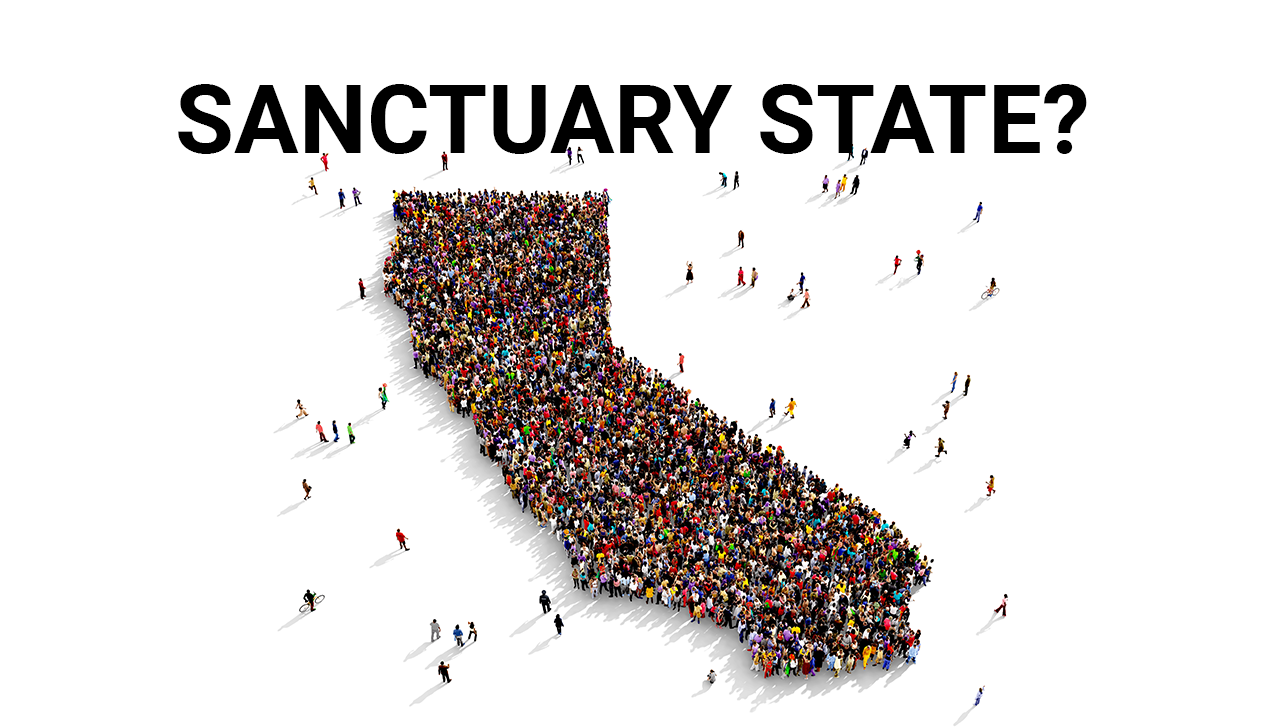On October 5, 2017, Governor Jerry Brown openly defied the federal government. With the passage of State Senate Bill 54, California became a sanctuary state in direct defiance of President Donald Trump’s stringent immigration policies.
However, while this seemingly appears to be a bold and unprecedented action on the part of California, the idea of sanctuary legislation, at least within cities, is not a new concept. The first city in the United States to pass a sanctuary resolution was Berkeley on November 8, 1971. This resolution mainly applied to Navy sailors avoiding the Vietnam War, forbidding city employees from assisting the federal government enforcing federal law through the draft. The concept of sanctuary legislation itself created a path for cities such as Los Angeles becoming today’s traditional sanctuaries as early as 1979 in response to the mass influx of immigration from poverty and violence-stricken Latin American countries.
In modern times, a sanctuary city refers to a city which has adopted sanctuary legislation, or policies which forbid city officials from prosecuting undocumented individuals. Typically, sanctuary cities refuse to cooperate with federal efforts, specifically with organizations such as ICE (US Immigration and Customs Enforcement), which seek to identify and deport illegal immigrants.
While California has become a sanctuary state, others have done the opposite: declaring themselves as states that have outright banned “sanctuary cities” within their borders. States such as Texas, Mississippi, North Carolina, Alabama, and South Carolina are just a few states that have joined the ranks in their commitment to opposing this idea. Indeed, this showdown between states is perhaps a microcosm of the nation-wide polarization on immigration policy.
Clarifying this conflict is the increasing tension that California’s new policy will bring to the table as the Trump administration responds to this development. Even prior to the passage of this legislation, or even its consideration, President Trump and Attorney General Jeff Sessions vowed to “strip funding from sanctuary cities.” Aligning with this statement, after a proposal had been brought forth in the state legislature for California to become a sanctuary state, President Trump responded by saying that “If we have to, we’ll defund [California].” He went on to add that though he does not “want to defund a state or a city, if they’re going to have sanctuary cities, we may have to do that. Certainly that would be a weapon.”
But in light of President Trump’s comments, an important question to ask is whether his stance on immigration policy is as stringent as it appears? While his rhetoric may be one thing, do the numbers illustrate a different story?
To date, Barack Obama has deported the greatest number of illegal immigrants than any other president, over 5 million over his two terms in office despite publicly expressing his sympathy of America’s broken immigration system and the pain caused by separating families through deportations. In lieu of this statistic, is Donald Trump all that stringent in his immigration policy? Opponents of Trump’s immigration reform suggest that the January 25, 2017 executive order, “Enhancing Public Safety in the Interior of the United States,” incorporates vague language that expands the criteria for determining deportations; though Section 5 distinctly specifies to target illegal immigrants who have been convicted of a felony or criminal offense. Nevertheless, President Trump has been attempting to reach a compromise with Democrats in both chambers of Congress, offering protection for immigrants identified as DREAMers in exchange for funding to build the wall.
While it appears that the Trump administration’s current deportation rates are lower than President Obama’s, Governor Jerry Brown still issued a statement acknowledging the controversy of this bill’s passage. In explanation, he argued that the intention of the new law is not to prevent state and local authorities from targeting criminals, but rather the protect hard-working immigrants who are productive in society but do not possess citizenship in the United States. Since California is the first sanctuary state, some of the logistics of enforcing this protection for illegal immigrants seems to be in conflict. Rallies were held in Los Angeles in front of the L.A. County Sheriff’s department as information was leaked that the department had collaborated with federal immigration officials, providing ICE with inmate information. Consequently, ICE now has access to a constantly updated system of inmates regarding prisoners soon to be released.
On another note, just because California is now a sanctuary state does not mean that illegal immigrants can rejoice in never fearing deportation. The Senate Bill 54 only limits local and state authorities’ cooperation with federal immigration agents. California cannot prevent ICE from increasing their presence in California and continuing deportations.
Regardless of the outcome of this showdown, however, California has done one thing: it has solidified its reputation as being at the forefront of progressive politics and an openly defiant stance against our current federal administration.
Featured Image Source: Independent Voter Network





Be First to Comment